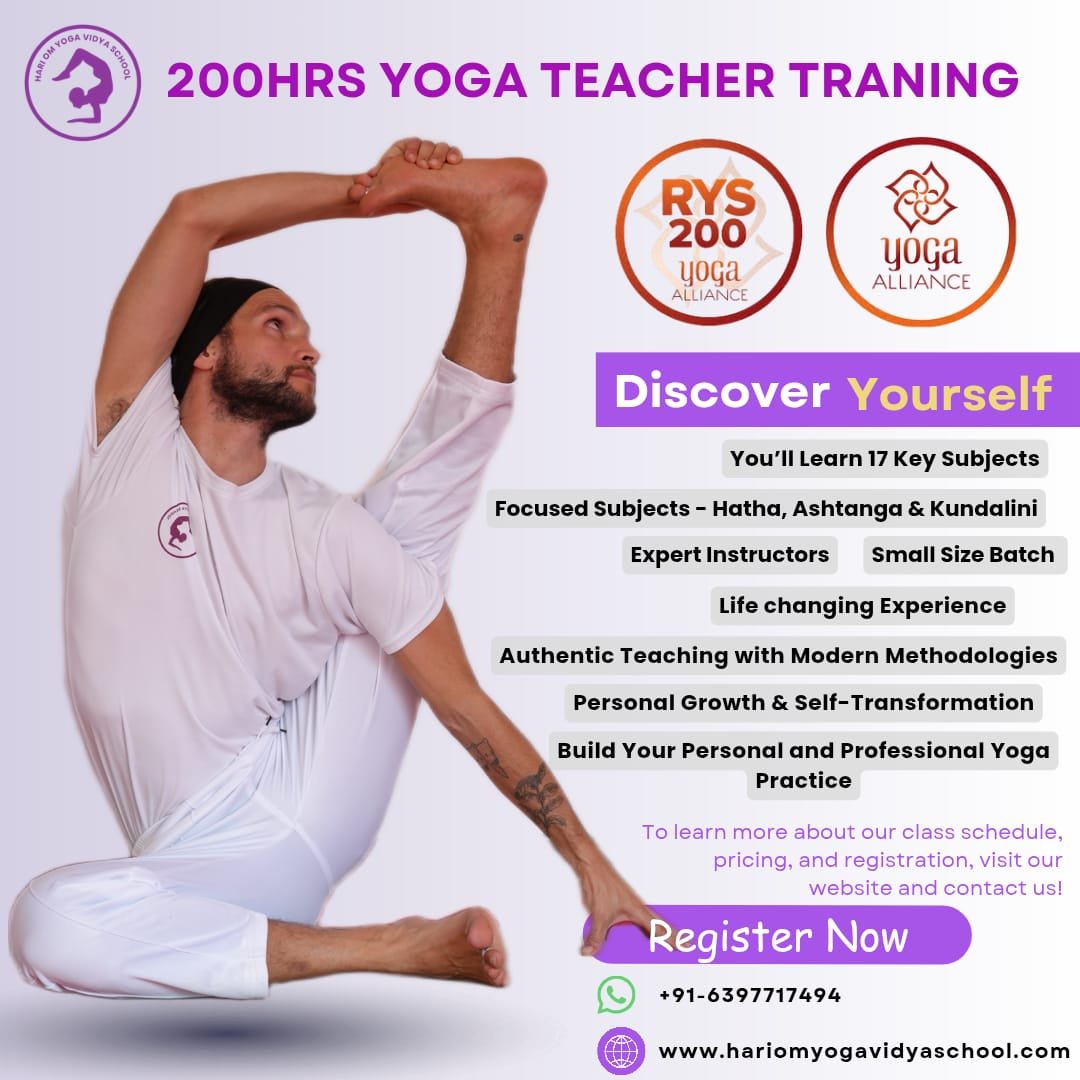Shoulder Stand Pose – Salamba Sarvangasana
Normally, Sarvangasana is what most yoga students are acquainted with. It mainly translates to ‘the asana that involves all the body parts.’ It is basically a shoulder stand pose. It is categorised as n intermediate level asana. You should have practiced the beginner level poses, before attempting this pose. The entire body will be balanced on the shoulders.
The name has come down from Sanskrit. Let us decode the meaning for your convenience.
- Salamba means ‘supported.’
- Sarvanga means ‘entire body’.
- Asana means ‘pose’.
There is another variation of this asana, which is called ‘Niralamba,’ and it is done without support. It is an inverted yoga asana that is done at the end of the yoga course. It makes way for cleansing, due to an increased blood flow. Moreover, it also brings about an inner sense of calmness. If you think in terms of spiritual practice, it is said to awaken the Kundalini energy.
How To Do The Shoulder Stand Pose?
You have to do this asana under the tutelage of an experienced teacher. After you are thorough with it, you can do it on your own.
- You have to lie down on the ground, flat.
- Raise your legs slowly at about 90 degrees, and maintain your pose for some time. You can breathe as you always do, in this pose.
- Inhale and raise the leg higher, by placing both your hands on the floor beside the torso, while supporting the back with your palms.
- Exhale after that, and raise the body even higher.
- You have to bring the chest close to your face, so that you can notice your breathing pattern. Exhale and stay at that pose, and with every inhalation thereafter, you have to propel the legs further up in the air. Your shoulder should also be firmly planted on the floor.
- The body should ultimately stand on your shoulders. You have to use the strength of your abdominal core muscles, to propel the legs further up in the air. You can stay in the final pose for 5-10 breaths.
- After you are done, you can come down to the supine pose very slowly. Do, not be in a rush, as you could hurt your neck and spine.
- Relax in Sarvangasana.
Modifications and Variations Shoulder Stand Pose
In shoulder stand pose, you have to exert a lot of pressure on the shoulders and neck. So, this pose may not be for all. However, you can still do it, under the guidance of a yogi. You can find some modifications and alternate practices here, to aid you in this quest.
- You can place a blanket under the neck and shoulders for added comfort.
- Not all students can lift the legs at an exact right angle to the floor. So, you can also bend the legs at the knees.
- You can also take wall support, in the initial days of your practice. It will give you added support, so that you can lift your buttock higher into the pose.
- You can also start with the Half Sarvangasana.
- You can also use a chair to support your buttocks and hips, and raise the leg with its assistance.
- Your teacher can also help you, by holding the legs at a 90-degree angle straight upwards. It will also give you added support and future confidence for better practice.
One of the simplest variations of this asana, is the Eka Pada Sarvangasana. In Shoulder Stand Pose, you can keep one leg on the floor. The leg which remains in contact with the floor, will be bent at the knees. You have to support your back, with the palms, of your hands, that will be folded at the elbows.
Read More: Why Is Kundalini Yoga Dangerous? The Truth About Its Risks and Rewards
You have to hold the asana for 5 breaths in the final pose. You have to exhale, to lift the hips higher. Moreover, you have to practice deep breathing, to keep your balance. Your gaze should be towards the toes or Padagraye Drishti.
Safety Precautions Decoded
There are a few guidelines, which will help you to stay away from injuries.
- The feet should be ideally above the hips, but few students have the feet over their foreheads. The buttocks also jut out. This throws the whole pose off-balance. So, you should put adequate pressure on the ground, with the shoulders, and get into the correct pose.
- You also have to keep your core engages while doing the asana. If you are not doing that, you cannot lift your hips.
- You should keep your gaze straight, and not move the head towards anyone. It can otherwise lead to neck injury.
Who Should Avoid The Shoulder Stand Pose?
If you are healthy and have been practicing yoga for a long time, you can do this pose, with a little practice. On the contrary, others should exercise some caution while doing it.
- If you are suffering from back pain, you should not practice this asana.
- Avoid this inverted pose, if you have been suffering from Spondylitis.
- If you have heart problem, and are a senior citizen, you should not do this asana, without speaking to a doctor.
- If you have very weak internal organs, like the spleen, liver, kidney and thyroid, you must not do this asana.
- Someone who is having a high blood pressure, must not do this asana.
- Any expectant mother or a woman who is having periods, must not do this asana.
- If you are suffering from any sort of throat or ear infection, you must refrain from doing this asana.
Benefits of Shoulder Stand Pose
As already mentioned above, this is a full-body asana. You can derive a huge number of benefits from this asana, if you do it properly.
- It tones and strengthens the shoulders, and also corrects drooping shoulders.
- It also strengthens the neck muscles.
- The Shoulder Stand Pose is great for runners, as it directly affects the hamstrings and calf muscles. Moreover, it leads to the reverse flow of blood, which is therapeutic for runners.
- Shoulder Stand Pose can make the back stronger, with regular practice.
- This asana directly works on the spine, and strengthens and lengthens it.
- Your Thyroid and Parathyroid glands will be stimulated, and correct your hormonal imbalances.
- Shoulder Stand Pose also improves the vision, due to the excess flow of blood.
- It can help in weight loss, by burning fat around the abdomen, waist and buttocks.
- Your varicose veins also get a cure, due to the reverse flow of blood.
- Shoulder Stand Pose also rejuvenates the brain cells.
Deepen Your Yoga Practice with Hari Om Yoga Vidya School
Located in the heart of Rishikesh, Hari Om Yoga Vidya School is a place where ancient yogic wisdom meets modern teaching techniques. As a top yoga school in Rishikesh, we are committed to providing authentic, immersive yoga education in a peaceful, spiritual setting. Recognized as one of the best yoga schools in Rishikesh, we offer structured training programs designed to help you evolve in your practice, whether you are a beginner or an experienced yogi.
If you’re searching for a yoga school in Rishikesh that focuses on holistic learning, experienced teachers, and a supportive community, look no further!
Read More: Everything You Need to Know About Kundalini Yoga Teacher Training
Explore Our Yoga Teacher Training & Retreats
At Hari Om Yoga Vidya School, we offer a range of courses tailored for different levels of practitioners:
✅ 100-Hour Yoga Teacher Training in Rishikesh – A foundational course for those looking to begin their yoga journey.
✅ 200-Hour Yoga Teacher Training in Rishikesh – An internationally recognized certification for aspiring yoga teachers.
✅ 300-Hour Yoga Teacher Training in Rishikesh – Advanced training to deepen your practice and refine your teaching skills.
✅ 7-Day Yoga Retreat in Rishikesh – A rejuvenating escape into yoga, meditation, and self-discovery.
✅ 10-Day Yoga Retreats in Rishikesh – A transformative experience that blends yoga, relaxation, and Himalayan serenity.
Join us for a life-changing experience and become part of our global yoga family! 🌿✨



